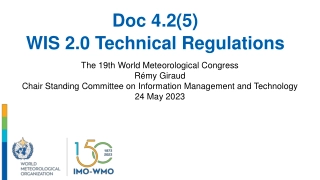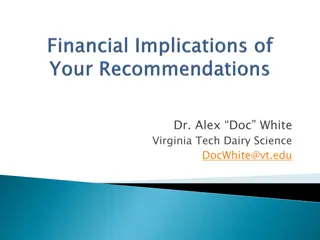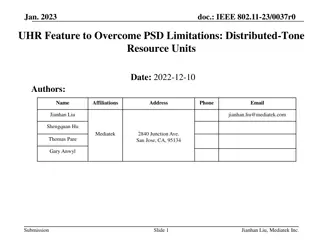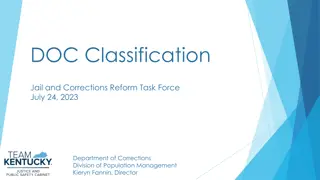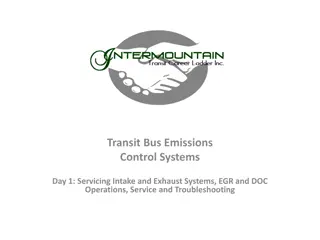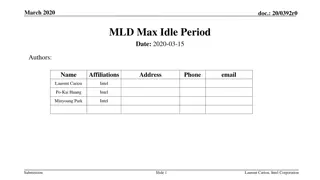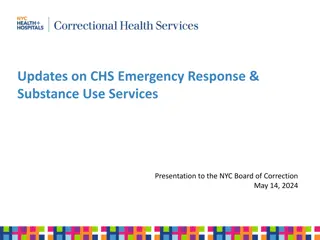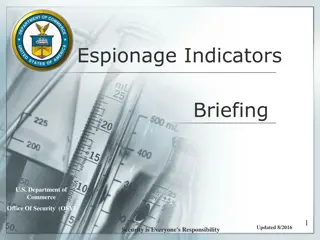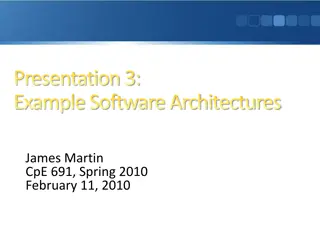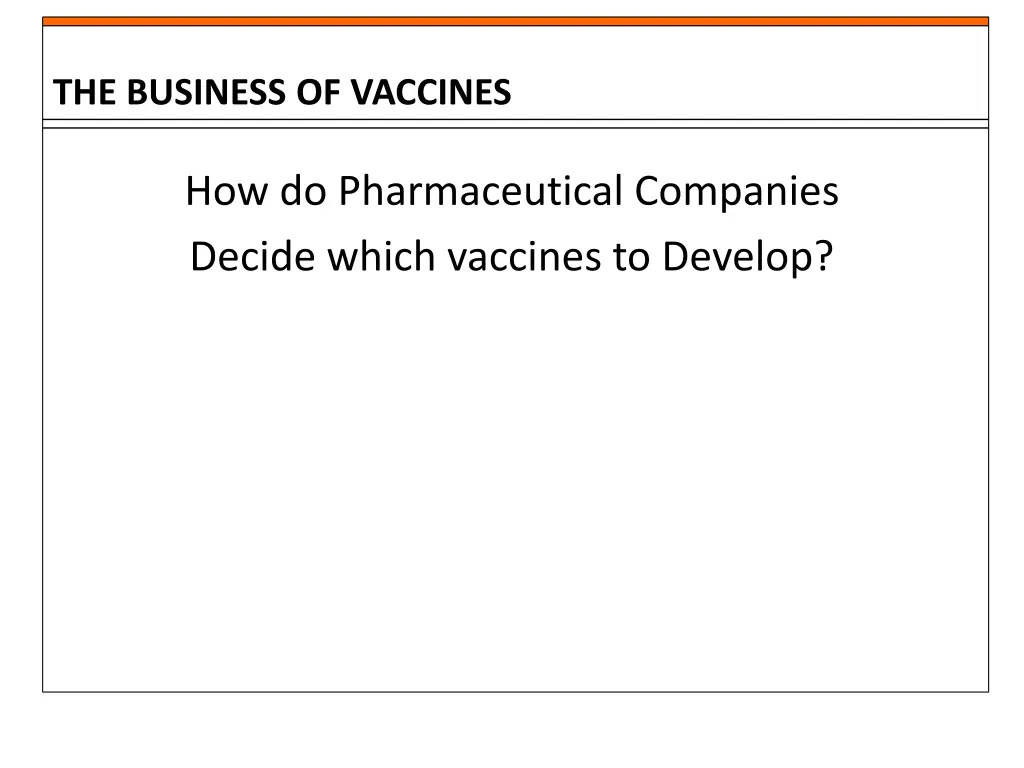
Understanding How Pharmaceutical Companies Develop Vaccines
Learn about the intricate process pharmaceutical companies undertake to decide which vaccines to develop. Explore the differences between vaccines and drugs, the financial considerations, and the global vaccine market landscape. Discover the challenges and costs associated with developing vaccines compared to drugs.
Download Presentation

Please find below an Image/Link to download the presentation.
The content on the website is provided AS IS for your information and personal use only. It may not be sold, licensed, or shared on other websites without obtaining consent from the author. If you encounter any issues during the download, it is possible that the publisher has removed the file from their server.
You are allowed to download the files provided on this website for personal or commercial use, subject to the condition that they are used lawfully. All files are the property of their respective owners.
The content on the website is provided AS IS for your information and personal use only. It may not be sold, licensed, or shared on other websites without obtaining consent from the author.
E N D
Presentation Transcript
THE BUSINESS OF VACCINES How do Pharmaceutical Companies Decide which vaccines to Develop?
Introduction- Mike Gara-mgara@bellsouth.net Adjunct Professor of Practice Clemson BioE Director Healthcare Innovation, Clemson Past Director Coulter Foundation-major funder of Translational Research in BME Prior experience in VC, Tech Transfer, Business Development, Start-up Biotech, etc. Baxter, Astra Zeneca, Senmed Ventures, Schwarz Pharma, Genzyme, CURx Pharma, UC
Homework Read Americas Bitter Pill , Money, Politics, Backroom Deals and the Fight to Fix Our Broken Healthcare System By Steven Brill
Global Vaccine Market More than 25 companies used to produce traditional vaccines, today only 5 mRNA vaccines are being researched by many companies and NIH mostly to be used as cancer vaccines Current global vaccine market is ~$50 B but global drug market is ~$1.25 Trillion Vaccines are highly effective in disease prevention but represent less than 5% of the global pharma market US dominates the vaccine market, about 70% Key players are Pfizer, Merck, Sanofi, J&J, Glaxo SK Diseases addressed include: influenza, hepatitis, HPV, herpes Under developed country diseases are under addressed : malaria, shigella, typhoid, etc. Pediatric vaccines are about 60% of market in US Cost/benefit analysis for vaccines range from 2-28 so are very cost effective
Vaccines vs. Drugs Vaccine is biological agent, Drugs are chemical agents Cost to development, testing and regulation is much higher for vaccines than drugs Vaccines prevent disease, drugs treat symptoms of disease Pharma companies mostly want to produce life style drugs. That must be taken for your whole life: Diabetes Heart disease Arthritis CNS drugs for pain, depression, etc.
Cost to Develop Vaccines vs. Drugs Biologicals (vaccines) regulated by FDA through Center for Biological Evaluation Research (CBER) Review for new vaccine is more rigorous for vaccines than drugs due to irreversible effects and disease transmission from pathogens or delivery vectors Cost to manufacture vaccines is much higher than drugs due to need to use living substrates or cell culture (COVID recent exception). Drugs are manufactured in chemical reactors, much less expensive Distribution of vaccines is much more expensive than drugs due to need to refrigerate and control supply chain Administration of vaccines must be done in a clinical setting, drugs are taken at home Biologicals are difficult to produce and approve as generics
Pricing of Vaccines vs. Drugs Due to higher costs to market and only 1-2 doses vaccines are much higher priced than drugs per dose Newer versions of vaccines (pneumonia, shingles, hepatitis) retail for $400-600 per dose (exception is COVID costs by US about $20/dose) CEO of Pfizer quoted retail price of COVID vaccine would be ~ $400 without US government support Retail price of drugs can fall dramatically when generics are approved.,e.g. Lipitor was $2.00/dose when in patent, generic is about $0.10 Drugs are priced by pharmacoeconomic practice, price is calculated on value added vs. no drug to treat symptoms Vaccines for under developed countries have to be reasonably priced to be affordable
Who fills the gap ? Pharma companies are driven by profits hence minimal costs and maximum price Non-Governmental Organizations (NGO s) have filled the gap Gates Foundation and World Health Organization, UNICEF are best known Gates has formed GAVI, the Global Alliance for Vaccines and Immunization Gates has pledged $750 million to cause Earlier vaccines were underwritten by public-private partner ships Polio, smallpox, diphtheria, measles etc. New mRNA vaccines such as COVID could be a game changer, they are biologically active but can be produced from amino acids in chemical reactors thus lowering costs
COVID Vaccine Like most vaccines, basic research has been done by NIH and licensed to industry Genome sequence for COVID was determined end of January 2020 mRNA was chosen as vaccine type due to lower costs and potential for higher efficacy (e.g. flu vaccine ~60% effective, Pfizer & Moderna are 95%) US government underwrote that major costs for scale up and distribution From pre-clinical safety to full Phase 1-3 trials was less than a year, unprecedented in history! Return on investment for US is estimated at 1000% to prevent disease, hospitalization, death and loss of income Price would increase dramatically without government support, $40/2 doses to $500-$1000 by one estimate Could this be a new model for vaccine development for under developed countries?
Healthcare Issues Runaway Costs -3-4 X CPI Fee for service, unnecessary procedures/tests Medicare (Medicaid) can t negotiate drug prices Tort Reform-lawsuits add costs Lack of innovation-real costs paid by taxes Admin. waste in system-cost $-est. 50% of bills are wrong Lack of funding to move research from universities to private sector ( translation ) End of life issues and associated costs Medicare piggy bank Prevention vs. treatment- e.g. diabetes, obesity, lung cancer Fraud-Medicare, coding etc.

